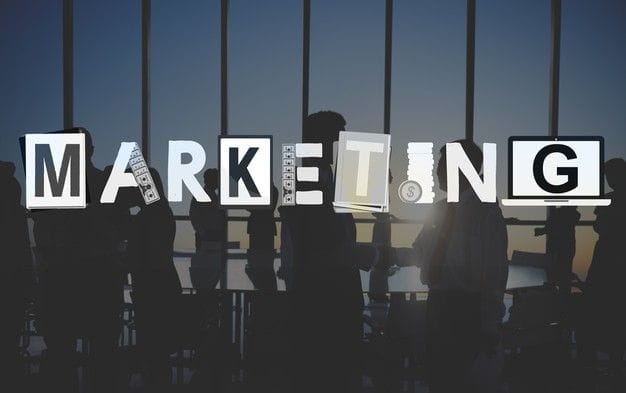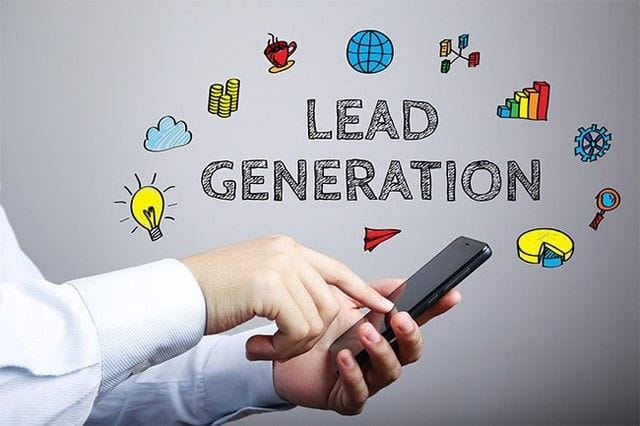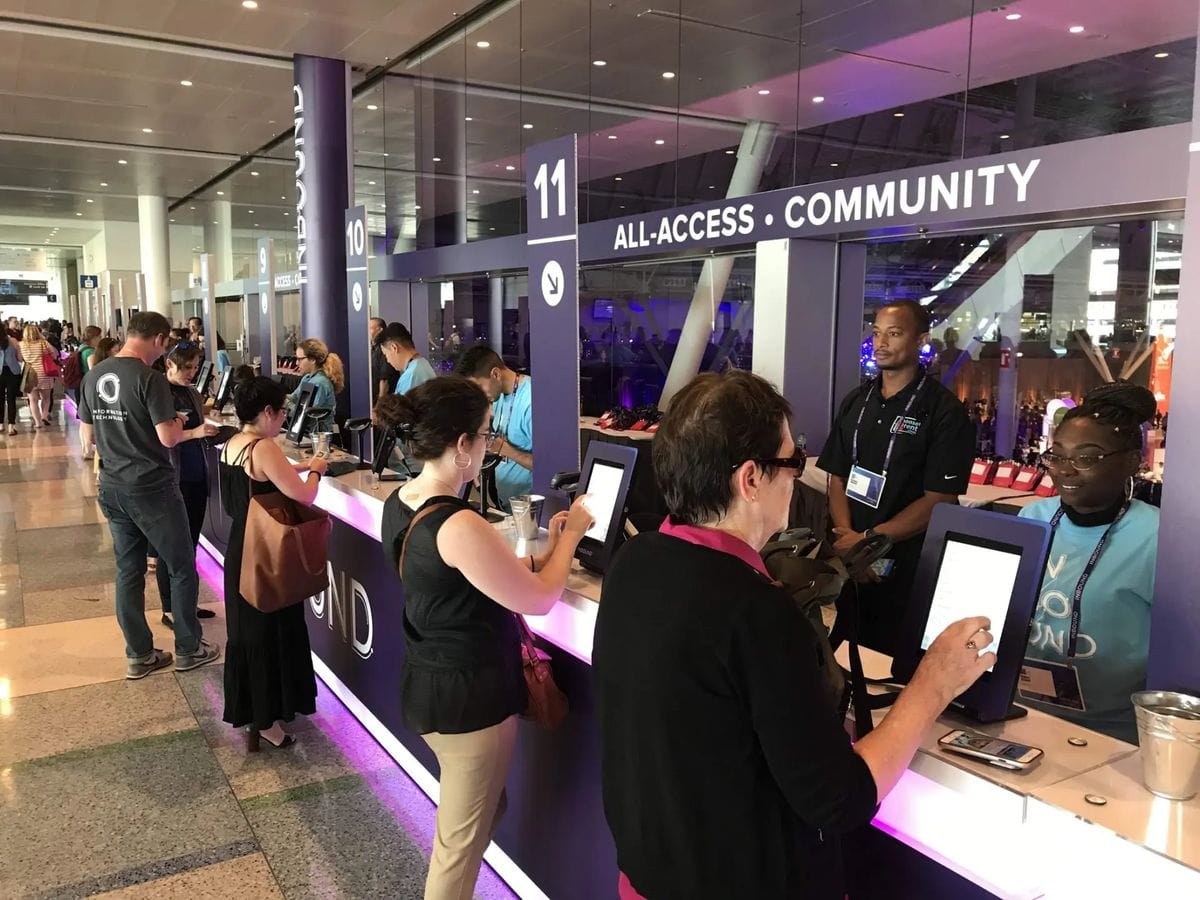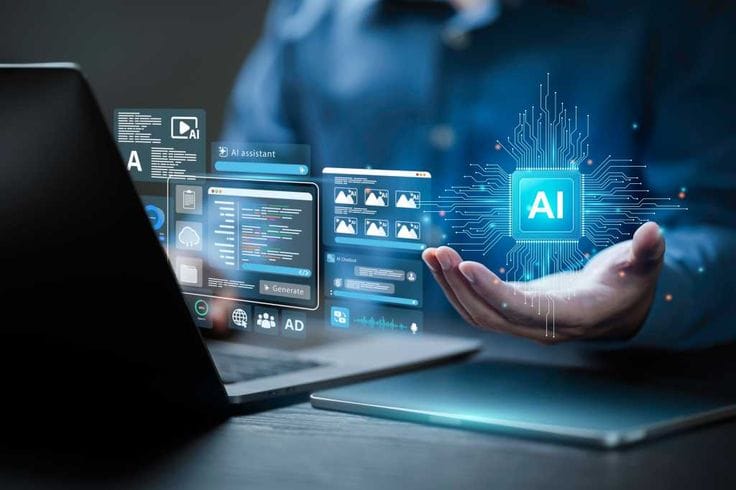Trade shows, conferences, webinars, and networking events represent significant investments for B2B companies. While the immediate networking and brand exposure provide value, the real ROI comes from what happens after the event ends. The follow-up phase is where prospects transform into qualified leads and eventually into customers.
Studies show that 80% of leads generated at events never receive proper follow-up, representing millions in missed revenue opportunities. Companies that implement strategic post-event follow-up tactics see 3x higher conversion rates compared to those relying on basic email outreach alone.
The Critical 48-Hour Window
The effectiveness of your post-event strategy hinges on timing. Research indicates that leads contacted within 48 hours of an event are 60% more likely to engage compared to those contacted after a week. During this golden window, your brand remains fresh in prospects' minds, and the momentum from face-to-face interactions hasn't dissipated.
Create a systematic approach by categorizing leads immediately after the event. Segment contacts based on their level of interest, decision-making authority, and timeline for potential purchases. This segmentation enables personalized follow-up that resonates with each prospect's specific situation and needs.

Strategic Email Follow-Up Campaigns
Email remains the cornerstone of B2B post-event communication, but generic "nice meeting you" messages fall flat. Successful B2B lead generation requires personalized, value-driven email sequences that continue the conversation started at the event.
Begin with a personalized connection email that references specific conversation points from your interaction. Include relevant resources such as case studies, whitepapers, or product demos that address challenges discussed during your meeting. This approach demonstrates active listening and positions your company as a solution provider rather than just another vendor.
Develop a multi-touch email sequence spanning 2-3 weeks. The first email should arrive within 24 hours, followed by value-added touchpoints every 3-4 days. Each email should provide unique value while gently moving prospects through your sales funnel. Include social proof, customer testimonials, and relevant industry insights that align with their business challenges.
Leveraging Retargeting for Sustained Engagement
Digital retargeting campaigns amplify your post-event strategy by maintaining visibility across multiple touchpoints. Upload your event attendee list to create custom audiences on LinkedIn, Google Ads, and other relevant platforms where your B2B prospects spend time.
LinkedIn retargeting proves particularly effective for B2B companies, allowing you to serve targeted content to event attendees as they browse their professional network. Create ad campaigns featuring event highlights, exclusive content offers, or invitations to product demonstrations. This multi-channel approach ensures your brand remains top-of-mind during their decision-making process.
Implement sequential retargeting campaigns that align with your email outreach timeline. Start with awareness-focused ads highlighting your event presence, then progress to consideration-stage content like case studies and product comparisons, finally culminating in conversion-focused calls-to-action.

Content Marketing That Converts
Content serves as the foundation for effective post-event nurturing. Develop gated content specifically designed for event prospects, such as industry reports, exclusive webinars, or comprehensive guides addressing challenges commonly discussed at the event.
Create event-specific landing pages that reference the conference or trade show, making prospects feel part of an exclusive group. These pages should offer valuable resources in exchange for additional contact information, helping you build more complete prospect profiles for future nurturing efforts.
Consider hosting exclusive post-event webinars for attendees, featuring industry experts or detailed product demonstrations. These sessions provide additional touchpoints while delivering genuine value to prospects still in the research phase of their buying journey.
Measuring and Optimizing Your Post-Event Strategy
Track key metrics to evaluate your post-event follow-up effectiveness. Monitor email open rates, click-through rates, and response rates across different prospect segments. Analyze which content pieces generate the most engagement and which follow-up sequences produce the highest conversion rates.
Implement lead scoring based on post-event engagement levels. Prospects who download multiple resources, attend follow-up webinars, or engage with retargeting ads demonstrate higher purchase intent and should receive priority attention from your sales team.
Use marketing automation to streamline follow-up processes while maintaining personalization. Automated workflows can trigger specific actions based on prospect behavior, ensuring timely and relevant communication without overwhelming your team.
Turning Strategy Into Revenue
Effective post-event follow-up requires coordination between marketing and sales teams. Establish clear handoff procedures for qualified leads and ensure sales representatives have context about each prospect's event interactions and follow-up engagement history.
The companies that maximize B2B lead generation from events treat post-event follow-up as seriously as the event itself. By implementing personalized email campaigns, strategic retargeting, and valuable content offerings, you transform one-time event interactions into ongoing business relationships.
Remember that post-event strategy isn't just about immediate conversions. Many B2B purchase decisions involve extended consideration periods, making consistent, value-driven follow-up essential for long-term success. The prospects you nurture today through strategic post-event tactics become tomorrow's customers and brand advocates.
Start implementing these proven post-event follow-up tactics to maximize your event ROI and transform connections into revenue-generating opportunities.


